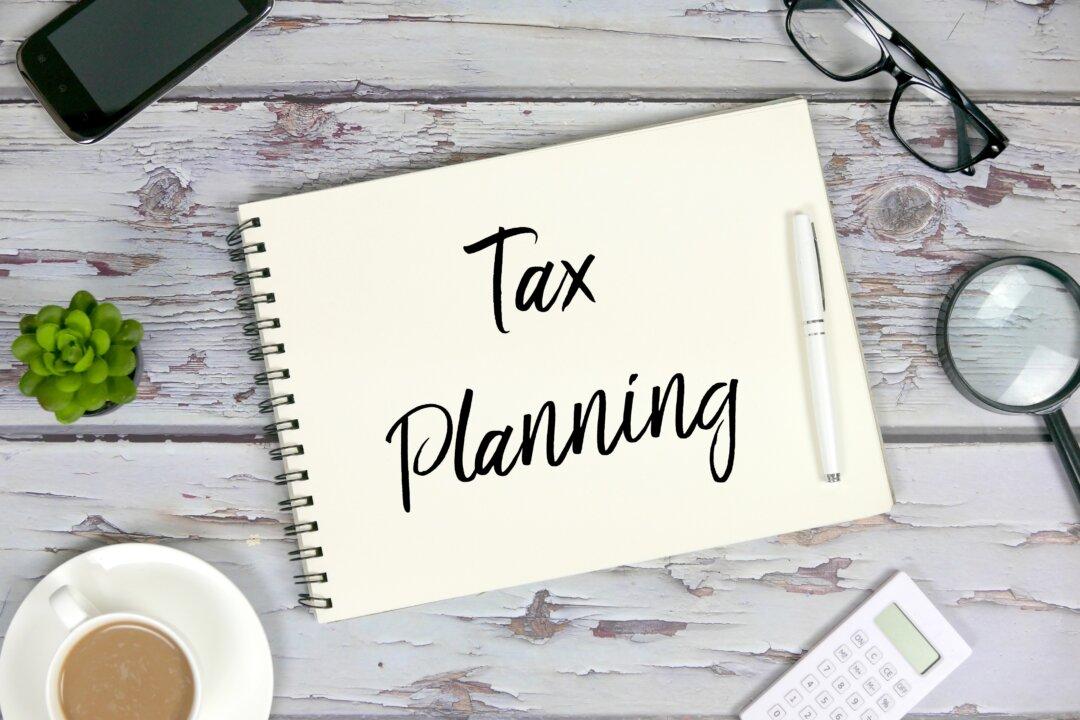There are investing strategies that culminate in success. You want to make more money. That’s the point of investing. But how do you keep it?
It’s not too early to start thinking about tax season 2024. A tax strategy is now vital to maintaining the wealth your investments have generated. There are numerous types of investments and various ways to protect your profit.






